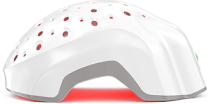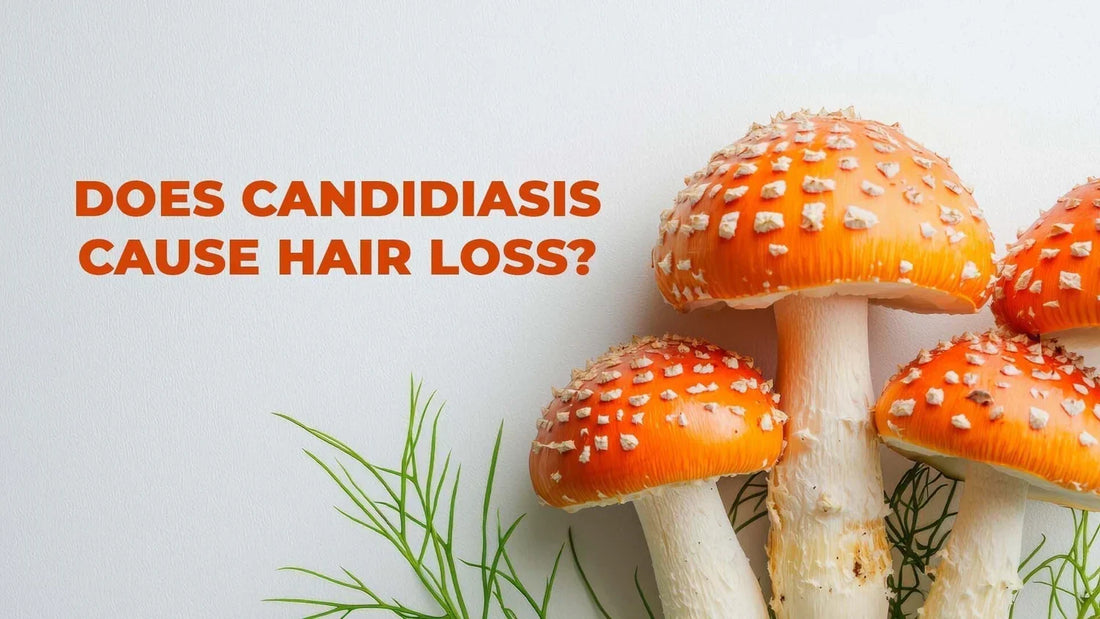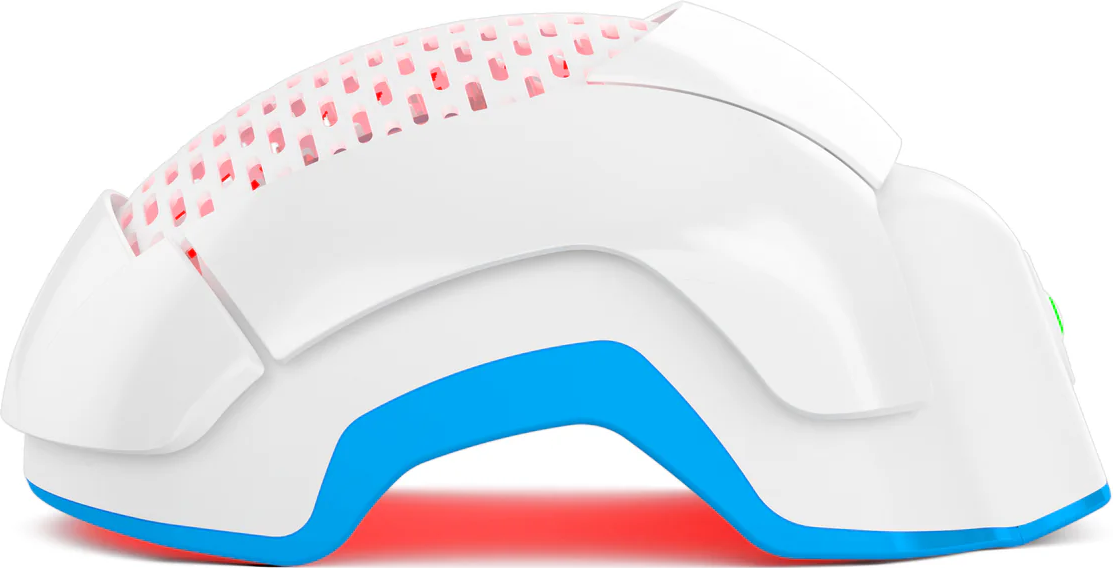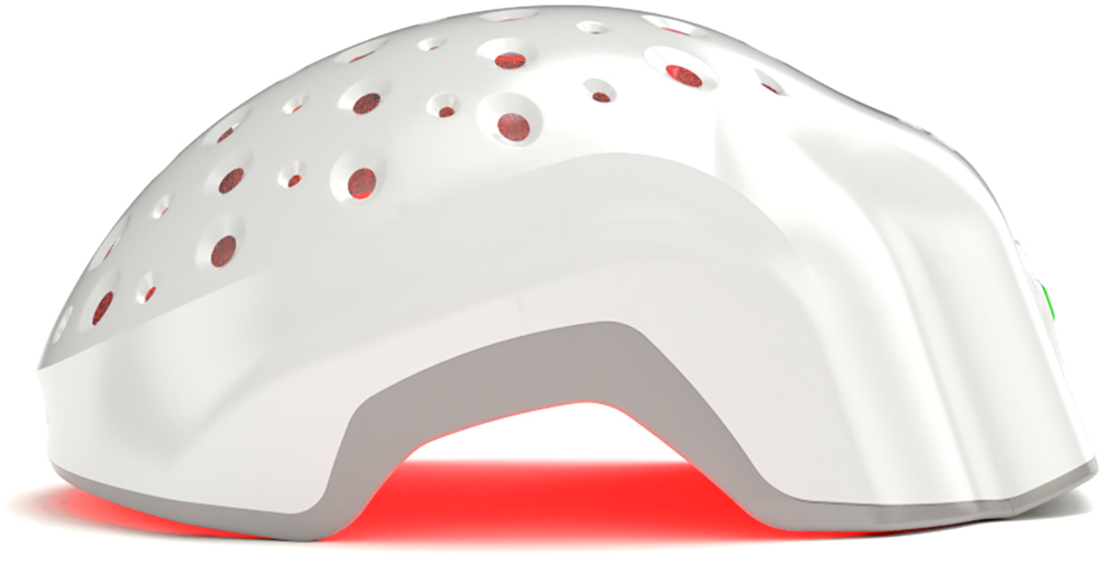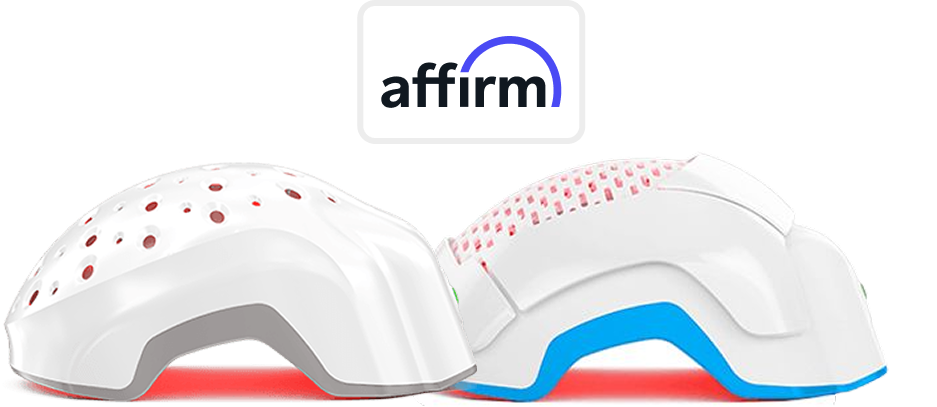Hair falling out? You might want to look beyond your shampoo.
Because sometimes, it’s not the weather, your hormones, or stress—it’s fungus. We’re talking about Candida. The opportunistic little yeast that’s naturally part of your skin’s microbiome... until it’s not. When it overgrows, it can mess with your follicles and crank up the shedding dial.
Let’s just say the link between candidiasis and hair loss is less obvious than people think—and way more misunderstood. It’s not about drama; it’s about inflammation, imbalance, and a scalp that’s quietly crying out for help.
So before you chalk it up to “just genetics” or keep investing in the wrong treatments, let’s unpack how a simple yeast imbalance can quietly cause hair chaos—and what it really takes to get your follicles back on speaking terms with your scalp.
What is Scalp Candidiasis?
Your scalp isn’t sterile—and it shouldn’t be. It’s naturally home to a mix of bacteria, yeast, and fungi, all playing surprisingly civil roles. But when Candida—a normally harmless yeast—decides to go rogue and multiply beyond control, it tips that delicate balance into dysfunction. The result is… inflammation, irritation, and in some cases, chaos on your hairline.
Scalp candidiasis is what happens when that overgrowth finds a long-term lease on your scalp. Unlike more visible skin infections, this one hides under the hair, which can delay detection—until it starts messing with your strands.
What Causes a Scalp Yeast Infection?
The primary troublemaker is Candida albicans, a species of yeast that already lives on your skin. When your scalp’s microbial environment is stable, no one notices. But when that balance is thrown off—whether from antibiotics, high sugar intake, or excess moisture—yeast takes the wheel.
Here’s what encourages Candida to misbehave:
- Excessive sweating or dampness on the scalp
- Weakened immune system
- Long-term steroid or antibiotic use
- Poor scalp hygiene or infrequent washing
- Underlying conditions like diabetes
- High-sugar diets
- Wearing tight, non-breathable headgear for long hours
Who’s more likely to get it?
People with compromised immunity, hormonal imbalances, or chronic skin conditions like seborrheic dermatitis are top of the list. Infants and elderly individuals are also more vulnerable due to thinner skin and reduced immune responses.
What Are the Symptoms of Scalp Candidiasis?
Symptoms aren’t subtle—unless you’re ignoring them.
- Persistent itching
- Flaky, white or yellowish scalp scales
- Redness or irritation
- Patchy hair thinning
- Painful or burning sensation on the scalp
- Crusty buildup in severe cases
Other suspects to consider: Malassezia (in seborrheic dermatitis) and Tinea capitis (ringworm) often show similar symptoms. So before assuming Candida’s to blame, proper diagnosis matters.
Can Scalp Candidiasis Cause Hair Loss?
Yes—Candida can cause hair loss, but it’s more about irritation than invasion. The infection inflames your scalp and can trigger a scratch reflex strong enough to damage hair follicles. Constant inflammation and mechanical stress (yes, scratching counts) equals shedding.
In most cases, this shedding is temporary. Once the infection is cleared, your follicles breathe a sigh of relief and get back to work. But there’s a catch: if left untreated, chronic inflammation can lead to scalp scarring. And follicular scarring is a no-return zone.
Several clinical studies link fungal infections—including candidiasis—to diffuse hair thinning in localized areas. While the spotlight often lands on Tinea capitis, cases of Candida-related scalp inflammation causing hair thinning are well-documented, particularly in immunocompromised individuals or those with chronic dermatitis.
How to Diagnose Scalp Infection by Candida?
You won’t catch this in your bathroom mirror.
Start with a professional scalp check. A dermatologist can examine for signs like abnormal flakes, redness, and crusts—then follow up with a scraping or swab test to confirm whether Candida is actually the culprit.
Don’t just guess based on symptoms. Yeast infections can mimic other conditions, and the wrong treatment could make things worse.
How to Prevent Scalp Fungal Infection
Prevention’s not glamorous—but it saves follicles.
-
Keep your scalp dry
Sweat buildup is a breeding ground. Wash your hair after intense workouts or any day your scalp feels swampy.
-
Maintain microbial balance
Ditch the antibiotic overuse. Go easy on steroid-based scalp treatments unless prescribed. Stick to mild, pH-balanced hair care products.
-
Manage your health
Control blood sugar if you’re diabetic. Cut back on refined carbs and sugars—they feed yeast like fertilizer. And support your immune system however you can.
How to Treat Scalp Candidiasis
When yeast overstays its welcome, here’s how to evict it—without torching your scalp in the process:
-
Antifungal shampoos & topicals
Over-the-counter options with ingredients like ketoconazole, selenium sulfide, or clotrimazole can help clear mild cases. But consistency is key—most people quit as soon as symptoms ease, which gives yeast the green light to regroup.
-
Oral antifungals
For more stubborn infections, dermatologists may prescribe oral treatments such as fluconazole. Just a heads-up: some people may experience temporary hair shedding as a side effect—not ideal, but it’s often the lesser evil. That said, it’s always best to consult a board-certified dermatologist to get a proper diagnosis and prescription plan tailored to your case. Not everything flaky is fungus.
-
Smart scalp habits
Keep it clean. Keep it dry. Ditch tight hats. Address root issues like high sugar intake or compromised immune function. Yes, lifestyle tweaks absolutely matter.
Will Hair Regrow After Infection from Candida?
Most of the time—yes. Once the inflammation subsides and the infection clears, your follicles bounce back. Expect regrowth to begin within a few weeks to months, depending on how severe the shedding was.
However, if scarring has occurred—especially from chronic or mismanaged scalp candidiasis—regrowth may be limited. Monitor progress. If there’s little to no improvement after several months, it’s time to loop in a dermatologist. They may recommend advanced hair restoration options—like low-level laser therapy (LLLT) devices such as Theradome—or explore other targeted treatments tailored to the root cause.
Conclusion
Does candidiasis cause hair loss?
Yes, it can—but not through stealth attacks on the follicle. It wreaks havoc via inflammation, scratching, and secondary damage. The good news is… when treated properly and early, scalp candidiasis rarely leads to permanent hair loss.
Fungal infections aren’t glamorous, but they are fixable. Spot the signs. Don’t self-diagnose. Treat the infection, soothe the scalp, and protect the follicles. Because the longer candida overstays, the more strands it may take with it.



